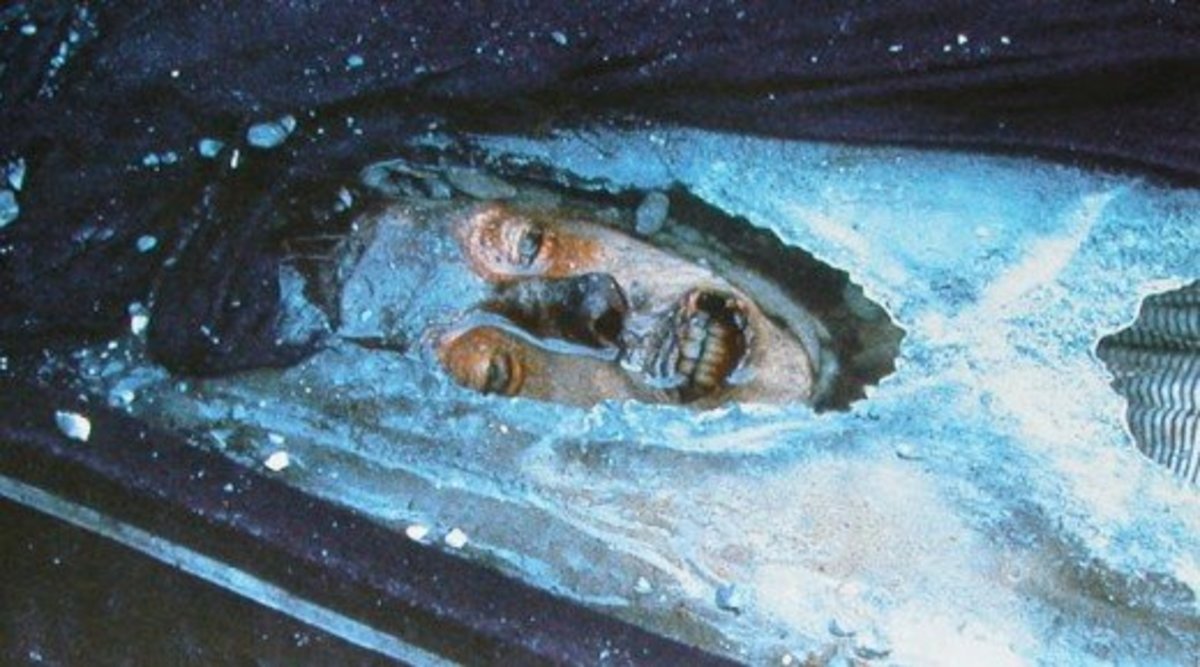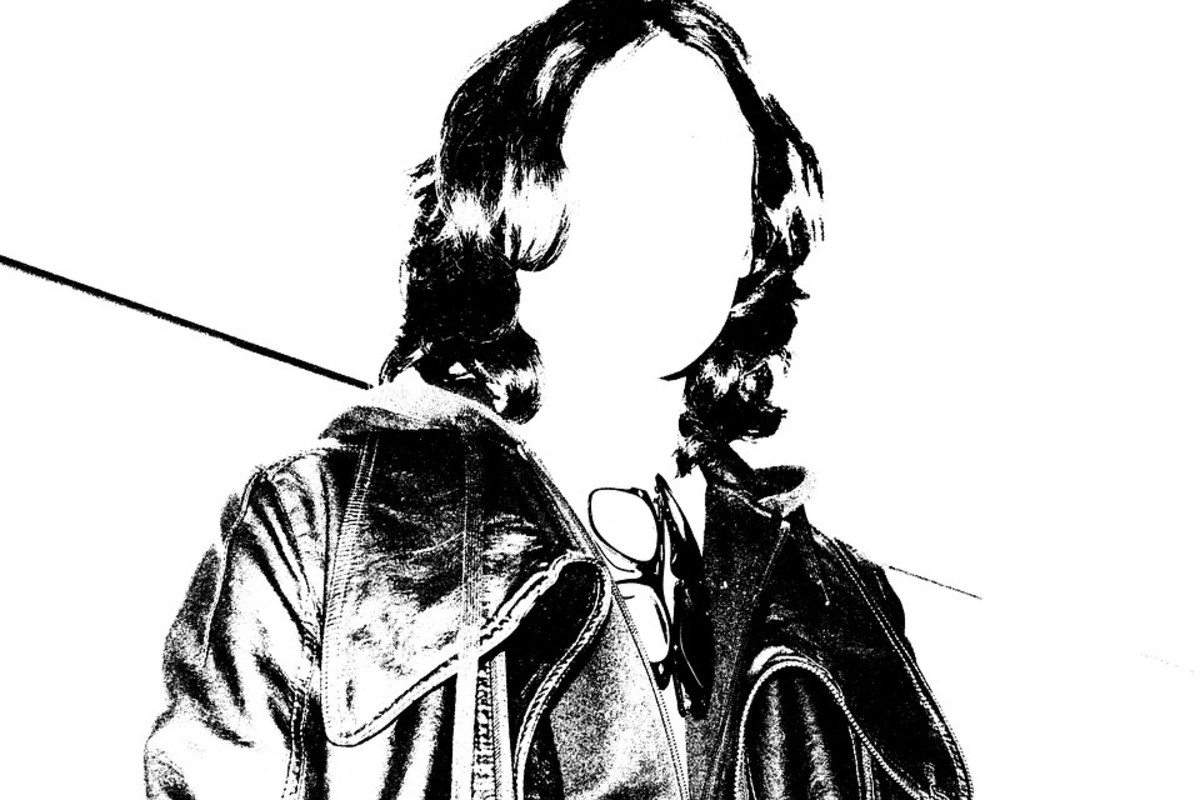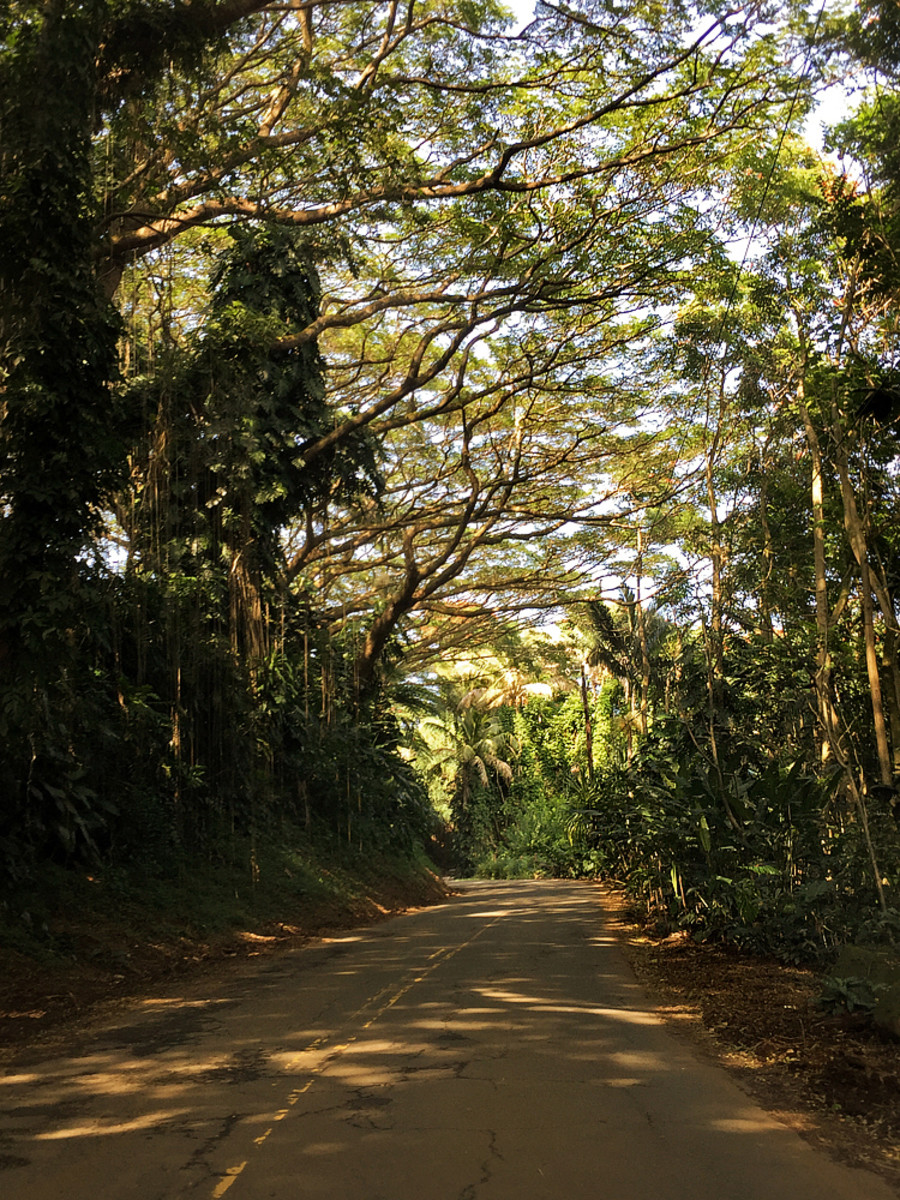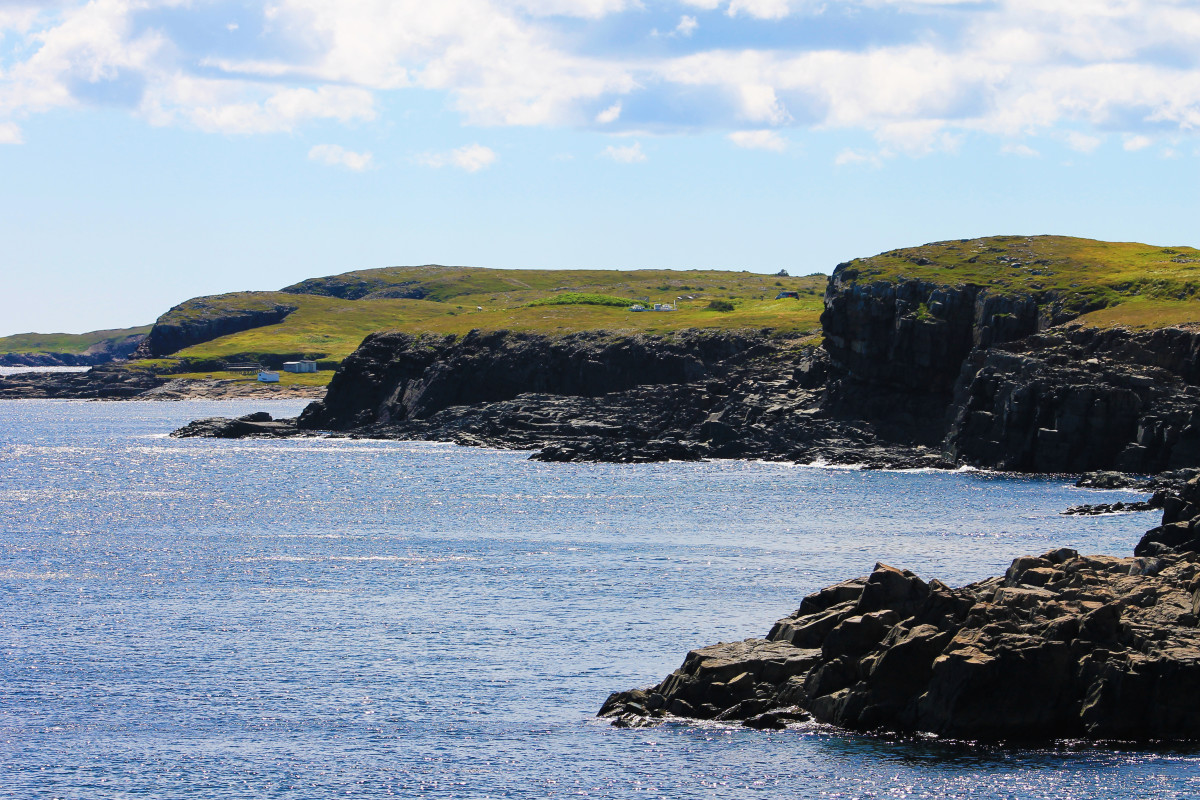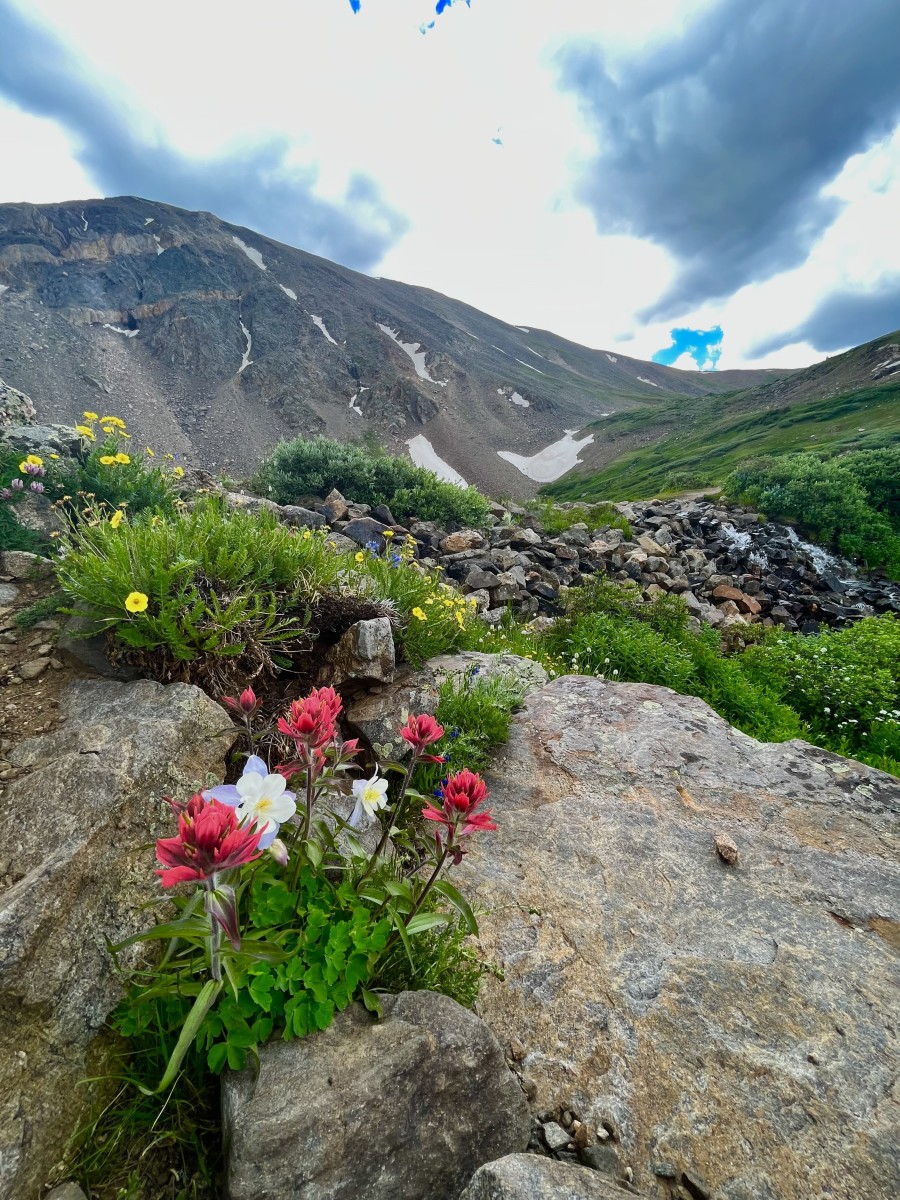300 Years of Searches for the Northwest Passage
Map of the Northwest Passage

Several Noted Explorers Attempted to Find the Northwest Passage
Europeans long wished to find a shorter route connecting the Atlantic Ocean to the Pacific Ocean. If there were a passage, it would virtually be impossible because of year-round ice. After years of exploring, it was imperative to find a significant shortcut to the Pacific Ocean rather than having to sail around the south end of South America.
In 1497 John Cabot was the first to explore a route with a small crew of 18 men. In 1498 his second expedition consisted of five ships and 200 men. None of them ever returned or were found.
In 1534Jacques Cartier was sent by King Francis I of France with two ships and 61 men. He is credited with finding Prince Edward Island but did not find the Northwest Passage. His second voyage took him up the St. Lawrence River to Quebec, but between his crew suffering scurvy and the attacks by the Iroquois Indians forced their ending the search. Cartier did manage to capture an Iroquois chief and took him to France. He informed the king of another great river leading them to riches.
In 1541 Cartier tried once again but failed to find the passage. He retired, never making another attempt.
A Spanish explorer, Francisco de Ulloa set sail from Acapulco, Mexico, but failed to find the passage.
Henry Hudson, in 1609 failed to find the passage but was credited with being the first to colonize New York. He tried again in 1610, but he too became trapped in ice.
And then in 1845, Captain Sir John Franklin sailed out of River Thames with his ships HMS Erebus and the HMS Terror. After about two months, the ships were spotted in the Baffin Bay.
Graves of Franklin's Expedition Crew

Captain Sir John Franklin

Franklin's Expedition for Northwest Passage
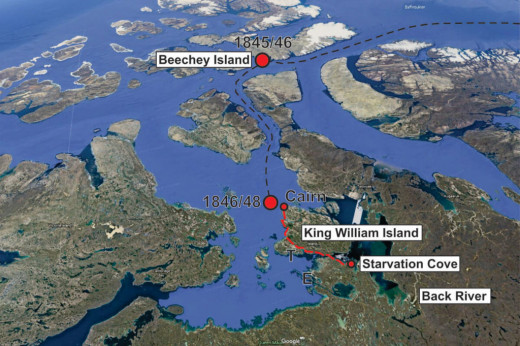
Lady Franklin
Lady Franklin was instrumental in obtaining another expedition to find Franklin and the journey and gathered public opinion and petitioning the admiralty to go forward. She was behind Franklin and his reputation for exploration. After his death, she continued to support projects for the underprivileged.
Expedition Believed Lost
Franklin's wife, Lady Franklin, would finance several search expeditions herself. Rescue attempts started sometime later as it was not necessary as the ships had a three to five year supply of rations on board. In September 2014, a search team found the wreck of the Erebus, and later the Terror was found. A trio of graves was found on Beechey Island with a note at another site. The tombs were three of the 130 person crew. A fourth grave was one of the explorers searching for Franklin. The three crew members buried there were:
John Torrington
William Braine
John Hartnell
The fourth grave belonged to Thomas Morgan, a searcher.
Franklin's lost expedition was considered a disaster for Britain's Royal Navy.
Frozen in Ice- Crew Member John Torrington

Note from Franklin's Expedition

Timeline of Searches
Here is a list of the timeline for Franklin's lost expedition:
1845 Franklin sails from England
1845 Expedition winters on Beechey Island and three crewmen buried
1846 HMS Erebus and HMS Terror leave Beechey Island sail to King William Island
9/1846 ships trapped in ice
1846/7 Franklin dies
1847/8 ship again winters after ice fails to thaw
4/1848 Erebus and Terror abandoned after a year and a half trapped
4/1848 second note "24 men died, survivors walking south
1850 Inuit see 40 men walking south
1851 Inuit see four men heading south
1854 John Rae interviews Inuit who gave him items
1859 McClintock finds abandoned boat and message in a can
2014 HMS Erebus found
2016 HMS Terror found
1852 Search by Edward Belcher
In 1852, Edward Belcher was to command a search for Franklin. He was unsuccessful and was unable to handle his subordinates. He had five ships in his direction, and four of them, the HMS Resolute, Pioneer, Assistance, and the Intrepid, were abandoned in the ice. Belcher was later court-martialed but acquitted.
One of the ships, HMS Resolute, was recovered by an American whaler and returned to England. Timber from that ship was turned into three desks, and one of the desks was given to U.S. President Rutherford B. Hayes. Chosen many times for use in the Oval Office in the White House.
Paintings of Franklin's Expedition
Several paintings have been done both in the United States and Great Britain. In 1861 Frederick Edwin Church painted on canvas The Icebergs. Before he took it to England, he added an image of a broken ship's mast in tribute to Franklin.
In 1864 Sir Edwin Henry Landseer's painting Man proposes, God Disposes of caused such a stir at the Royal Academy exhibition it was questioned about displaying it. It depicted two polar bears, one viewing on a tattered ship's ensign and the other on a human ribcage, and it thought to be in poor taste. Instead, the painting was one of the most potent images in the expedition.
Painting Man Proposes, God Disposes

Remembering Franklin's Expedition
There are numerous songs, books, statues, and TV documentaries depicting Franklin's expeditions. Among them are:
Jules Vernes' Journey and Adventures of Capt. Hatteras
The Discovery of Slowness by Sten Nadolny
The Riffles by William T. Vollman
North With Franklin by John Wilson
The Terra by Dan Simmons
The Artic by Clive Cussler
The White Passage by Kassandra Alvarado
The Canadian Ballad "Northwest Passage" by Sam Rogers in 1981 today is referred to as 'unofficial' Canadian Anthem.
Roald Amundsen
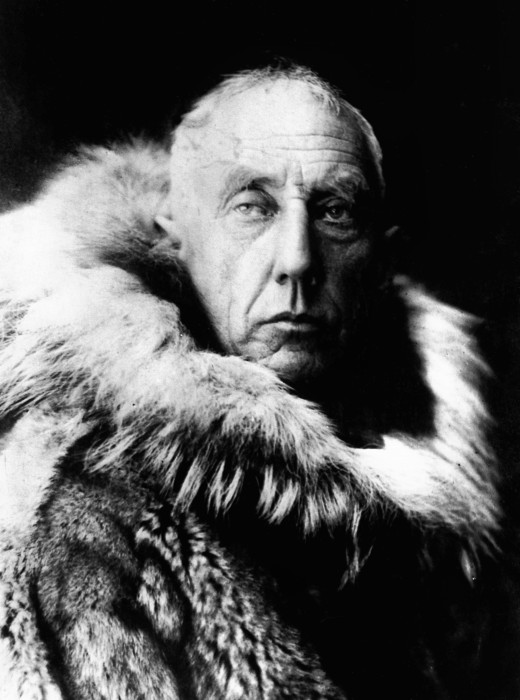
Explorer John Amundsen Finds Northwest Passage
And so, after years and decades of searching, John Amundsen, a Norwegian explorer, was the first to transverse the Northwest Passage in 1903-1906. Unfortunately, Amundsen disappeared in 1928 while on a rescue mission for a missing airship Italia. His body having never been found.
The second man to sail the entire Northwest Passage was Henry Larsen in 1942.
Artifacts of Franklin's Expedition
Some of the artifacts of Franklin's expedition on display the National Maritime Museum, Greenwick, London, and in the Canadian Museum of History. One of the outcomes of Franklin's Expedition is that thousands of miles of unsurveyed coastline were mapped.
Who Owns the Northwest Passage?
And today, there is a dispute about the ownership of the Northwest Passage. Canada believes it is theirs; America believes it is theirs, and Russia, China, and Bejing also claim ownership. Before it's all over, it will probably be set in a court of law. And with climate change being even a bigger problem, it is possible that within a short time, the passage will be ice-free, and then shipowners will not need permission to travel through unclaimed seas.
It was in 2007 that the route was ice-free for the first time in history.

